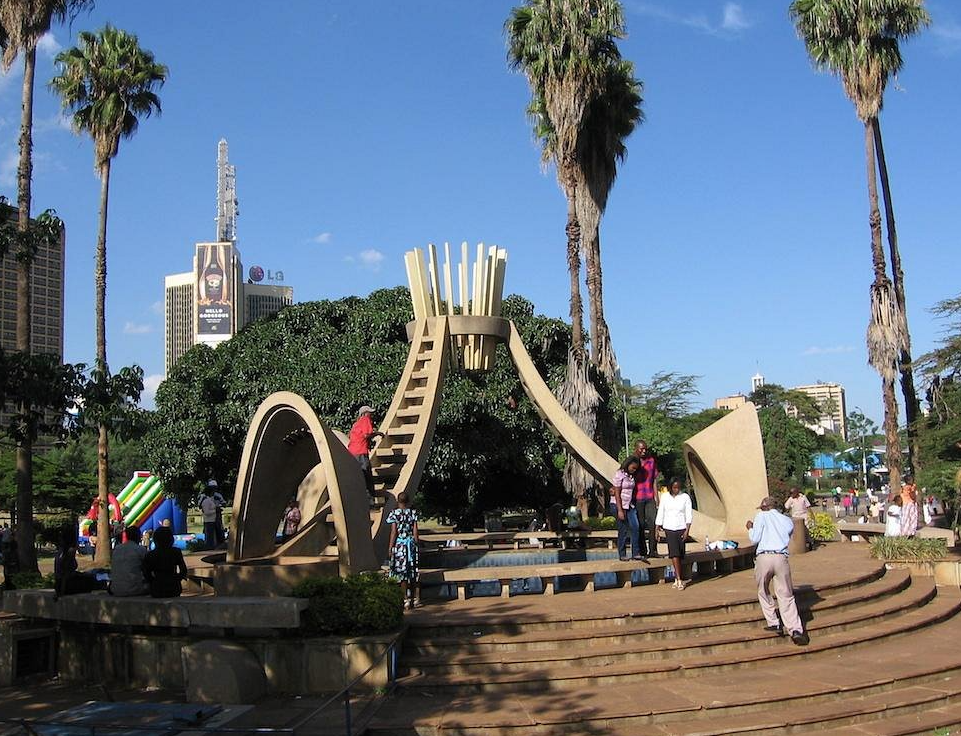Managu farming in Kenya is quickly becoming a favorite agribusiness venture. This traditional vegetable, also known as African nightshade, is packed with nutrients and has high demand across Kenyan homes, restaurants, and markets.
Managu is easy to grow, even in small spaces, and matures fast. It thrives in different regions of Kenya, especially where organic farming is practiced. Whether you are a beginner or a seasoned farmer, investing in managu can bring you regular income.
With proper care, this leafy green can feed your household and give you surplus to sell. Here’s a detailed guide to help you succeed.

Essential Steps for Profitable Managu Farming In Kenya
Growing managu is simple, but proper planning and care are needed to get the best harvest and market value. From seed selection to harvest, each stage is key to ensuring you meet the growing demand for this indigenous vegetable.
Choose the Right Managu Variety and Soil Conditions
There are two main varieties of managu grown in Kenya:
- Solanum villosum – Has elongated leaves and orange berries.
- Solanum scabrum – Has broader leaves and purple berries.
Both are rich in nutrients and adapt well to different regions. However, Solanum scabrum is more common due to its larger leaf size and higher yield.
Managu grows well in:
- Loamy soil that holds water but drains well
- Soil rich in organic matter with a pH of 5.5 to 6.8
- Areas with moderate rainfall
- Temperatures between 18°C and 30°C
Prepare your land early by ploughing it and mixing in compost or well-decomposed manure. Good soil preparation ensures better germination and faster growth.
Best Methods for Planting and Managing the Crop
Managu can be planted directly in the field or raised in a nursery and transplanted.
Direct Sowing:
- Make rows with 30 cm spacing.
- Dig shallow furrows 1–2 cm deep.
- Mix the seeds with fine soil or manure and sow them.
- Lightly cover with soil and water.
Nursery Planting:
- Loosen nursery bed soil and mix in compost.
- Broadcast the seeds or sow them in rows with 15–20 cm spacing.
- Cover with mulch or erect shade to retain moisture.
- Seeds germinate in 7–14 days.
- Transplant after 6 weeks when seedlings are about 10–15 cm tall.
Crop Management Tips:
- Weeding – Keep the farm weed-free during early growth to avoid nutrient competition.
- Thinning – Thin overcrowded plants after 4 weeks to allow space and improve air circulation.
- Watering – Ensure consistent watering, especially during dry spells.
- Manure Application – Use organic manure regularly to boost leaf production.
Control Pests and Harvest for Maximum Profits
Managu is affected by pests and diseases, but most can be managed with timely action.
Common Pests:
- Aphids
- Spider mites
- Root-knot nematodes
Common Diseases:
- Fusarium wilt
- Bacterial wilt
- Early blight
- Powdery mildew
- Leaf spots
Use these methods to protect your crop:
- Apply recommended pesticides and foliar sprays.
- Rotate crops to break disease cycles.
- Maintain field hygiene and remove infected plants early.
Harvesting Tips:
Managu is ready for harvest after 8–10 weeks. You can either:
- Cut tender stems and leaves, allowing the plant to regrow.
- Uproot the entire plant if you want a one-time harvest.
Cutting the stems allows multiple harvests, making it more profitable in the long run.
The Market for Managu in Kenya
Managu is one of the most loved vegetables in Kenya due to its rich taste and health benefits. The market is always available and includes:
- Open-air markets in urban and rural areas
- Grocery stores and mama mboga stalls
- Supermarkets and organic food outlets
- Hotels, restaurants, and schools
To make the most profit:
- Package your produce neatly in bunches or plastic bags.
- Deliver fresh produce early in the day.
- Build strong relationships with regular buyers like mama mbogas or hotel suppliers.
Managu can also be dried and sold in powdered or preserved form, which opens new business opportunities.






































